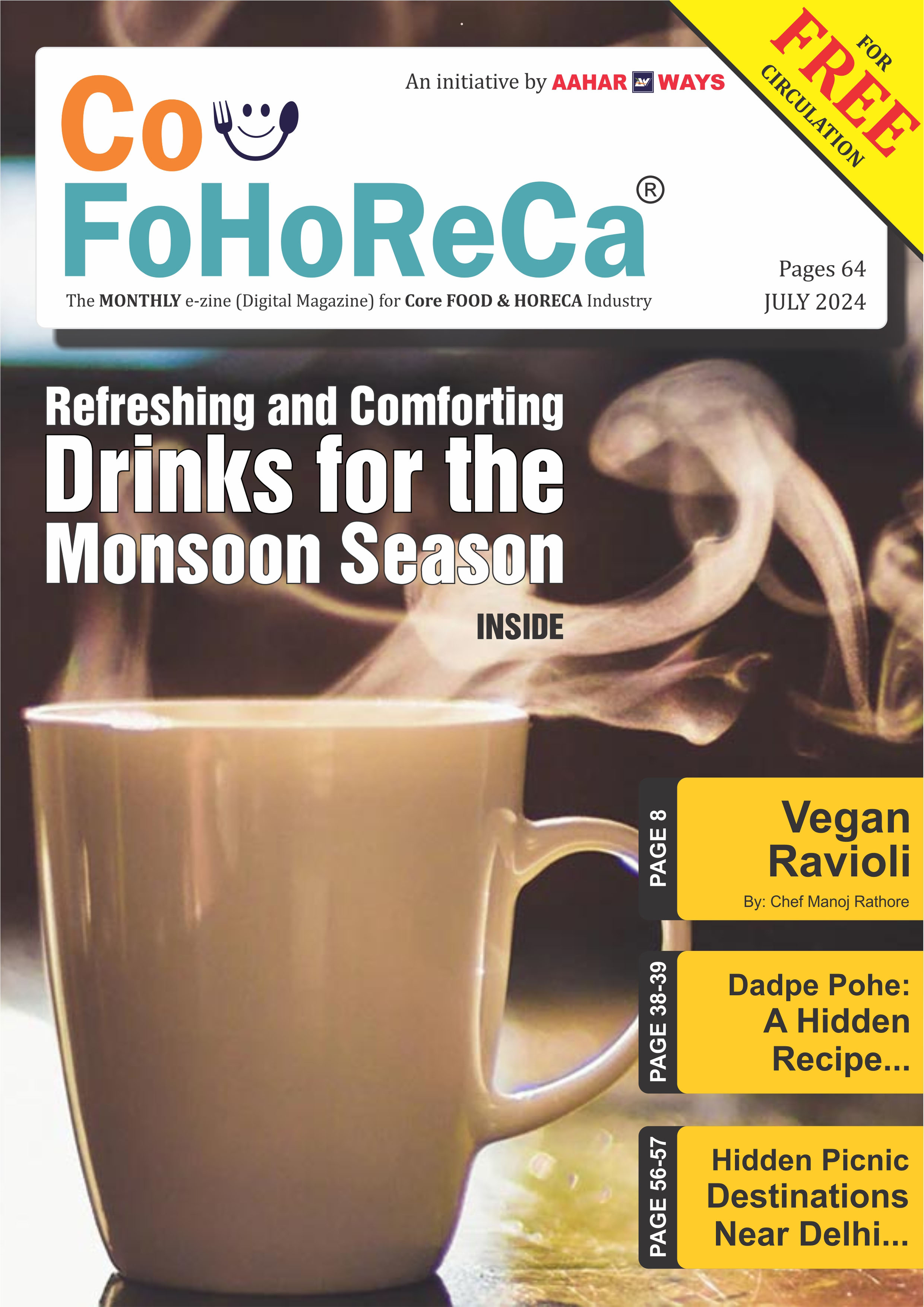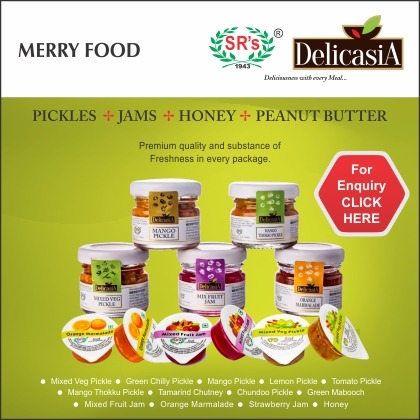Decoding the Language of Event Planning: A Comprehensive Guide to Essential Terms
Understanding these essential event planning terms is crucial for professionals in the industry to communicate effectively, collaborate with stakeholders, and execute successful events.

Event planning is a multifaceted industry with its own
unique language and terminology. From A/V to RFP, understanding the jargon of
event planning is essential for professionals in the field. In this
comprehensive guide, we'll decode some of the most common event planning terms,
providing insights into their meanings and how they're used in the industry.
1. RFP (Request for Proposal):
An RFP is a document that event planners use to solicit bids from vendors and suppliers for products or services needed for an event. It typically includes details about the event, such as the date, location, budget, and specific requirements, and asks vendors to submit proposals outlining how they would meet those needs.
2. A/V (Audio/Visual):
A/V refers to the equipment and technology used for sound and visual presentations at events. This includes microphones, speakers, projectors, screens, and lighting equipment. A/V technicians are responsible for setting up and operating this equipment to ensure that presentations, performances, and speeches are seen and heard clearly by attendees.
3. BEO (Banquet Event Order):
A BEO is a document that outlines the details of a banquet or catering event, including the menu, seating arrangements, timing of service, and special requests. It serves as a blueprint for the catering staff and venue team to execute the event smoothly and ensure that all aspects of the service are coordinated effectively.
4. ROI (Return on Investment):
ROI is a measure of the effectiveness and success of an event in achieving its goals and objectives. It evaluates the financial benefits or returns generated by the event compared to the costs incurred to plan and execute it. Event planners often use ROI as a key metric to assess the impact of their events and make informed decisions about future investments.
5. Keynote Speaker:
A keynote speaker is a prominent individual who delivers a speech or presentation at the beginning or "key" moment of an event. Keynote speakers are often experts in their field or industry leaders who share insights, expertise, and inspiration with attendees. They play a crucial role in setting the tone and theme of the event and engaging the audience.
6. VIP (Very Important Person):
VIPs are individuals who receive special treatment or privileges at an event due to their status, importance, or relationship with the organizer. This may include reserved seating, exclusive access to VIP lounges or amenities, personalized services, and opportunities to meet with key speakers or performers.
7. Run of Show:
The run of show is a detailed timeline or schedule that outlines the sequence of events and activities planned for an event from start to finish. It includes key milestones, timings, and responsibilities for each aspect of the event, such as registration, presentations, breaks, meals, entertainment, and networking sessions.
8. Catering Rider:
A catering rider is a document that outlines specific requirements and preferences for food and beverage service at an event. It includes details such as menu options, dietary restrictions, serving styles, staffing needs, and equipment specifications. The catering rider helps ensure that the catering team understands and meets the client's expectations for the event.
9. Load-In/Load-Out:
Load-in and load-out refer to the process of transporting equipment, materials, and supplies to and from the event venue. Load-in involves setting up and installing equipment and furnishings before the event, while load-out involves dismantling and removing them afterward. Efficient load-in and load-out procedures are essential for minimizing disruptions and ensuring that the event runs smoothly.
10. SWOT Analysis (Strengths, Weaknesses, Opportunities, Threats):
A SWOT analysis is a strategic planning tool used to evaluate the internal strengths and weaknesses and external opportunities and threats of an event or organization. Event planners conduct SWOT analyses to identify areas of improvement, capitalize on strengths, mitigate risks, and make informed decisions to enhance the success and effectiveness of their events.
Understanding these essential event planning terms is crucial for professionals in the industry to communicate effectively, collaborate with stakeholders, and execute successful events. By mastering the language of event planning, professionals can streamline processes, mitigate risks, and deliver exceptional experiences for clients and attendees alike.
.png)





























